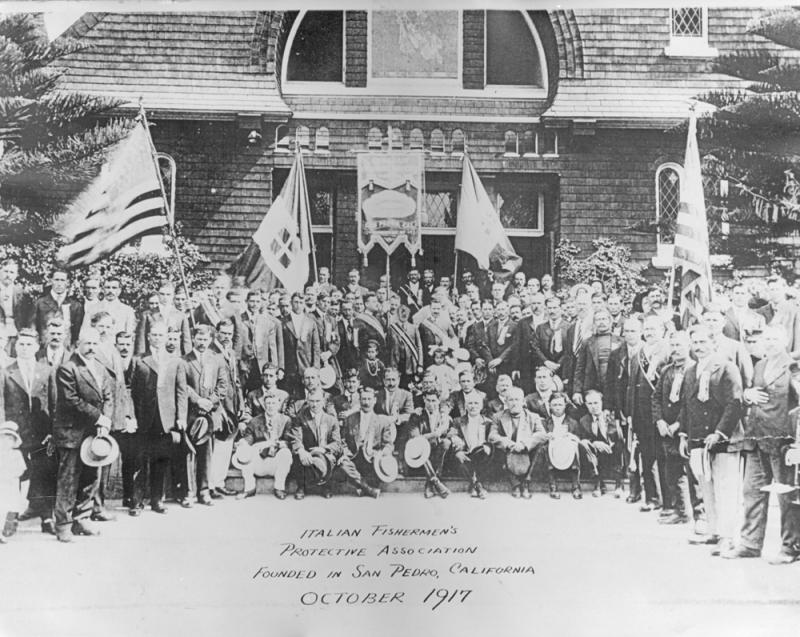If Italian immigration to Los Angeles is a little-known chapter in the history of Italian immigration to the U.S., then Italian immigration to San Pedro, 20 miles south of downtown L.A., may be an even more obscure component.
And yet, this coastal community located on the southern end of the Palos Verdes Peninsula, encompassing in part the Port of Los Angeles, one of the biggest in the country, welcomed, at the beginning of the 20th century, approximately 10 percent of the region's Italian population, attracted by Southern California’s fishing industry (many immigrants came from Genoa and the islands of Sicily and Ischia - in 2006, the City of Los Angeles became sister cities with Ischia.)
On June 27, a section of San Pedro was dubbed Historic Little Italy by the Los Angeles City Council. The motion calling for the designation was introduced by Councilman Joe Buscaino, who is of Italian descent and represents the San Pedro area; he said that San Pedro is “now home to the region’s largest concentration of persons of Italian ancestry. It is appropriate for the city to memorialize the vibrant enclaves that comprise an important part of our city’s history and multicultural fabric.”
As part of the designation, street signs at key intersections will be installed.
In an interview with Los Angeles-based L’Italo-Americano newspaper, Buscaino said, “Creating a Little Italy serves as a mechanism to preserve Italian culture. Italians had an immense impact on San Pedro’s history and economy during the past century. While many Italian families have assimilated into American culture, they have also been showing a renewed desire to be connected to their roots.”
Los Angeles’ earliest Italian enclave was located at the Los Angeles Plaza, at the site of El Pueblo, where the city was founded. By the 1900s, the Italian community had expanded into present-day Chinatown, Lincoln Heights, Elysian Park and San Pedro.
According to the Italian American Museum of Los Angeles (IAMLA), which opened in 2016 in the Plaza area to tell the history of Italian immigration to southern California, more than 40,000 people of Italian descent live in San Pedro, making it the largest Italian community in the region.
The IAMLA has made the content of its permanent exhibition available on its website, where you can learn interesting anecdotes such as the one referring to the Costantini market, “the first of its kind in San Pedro to offer a variety of Italian specialty products. The Costantini market became an important gathering place for the Italian, Greek, and Yugoslavian communities of San Pedro, who often played bocce in the court adjacent to the store.”
For San Pedro’s Little Italy, Buscaino said the district will follow the successful San Diego’s Little Italy model.









